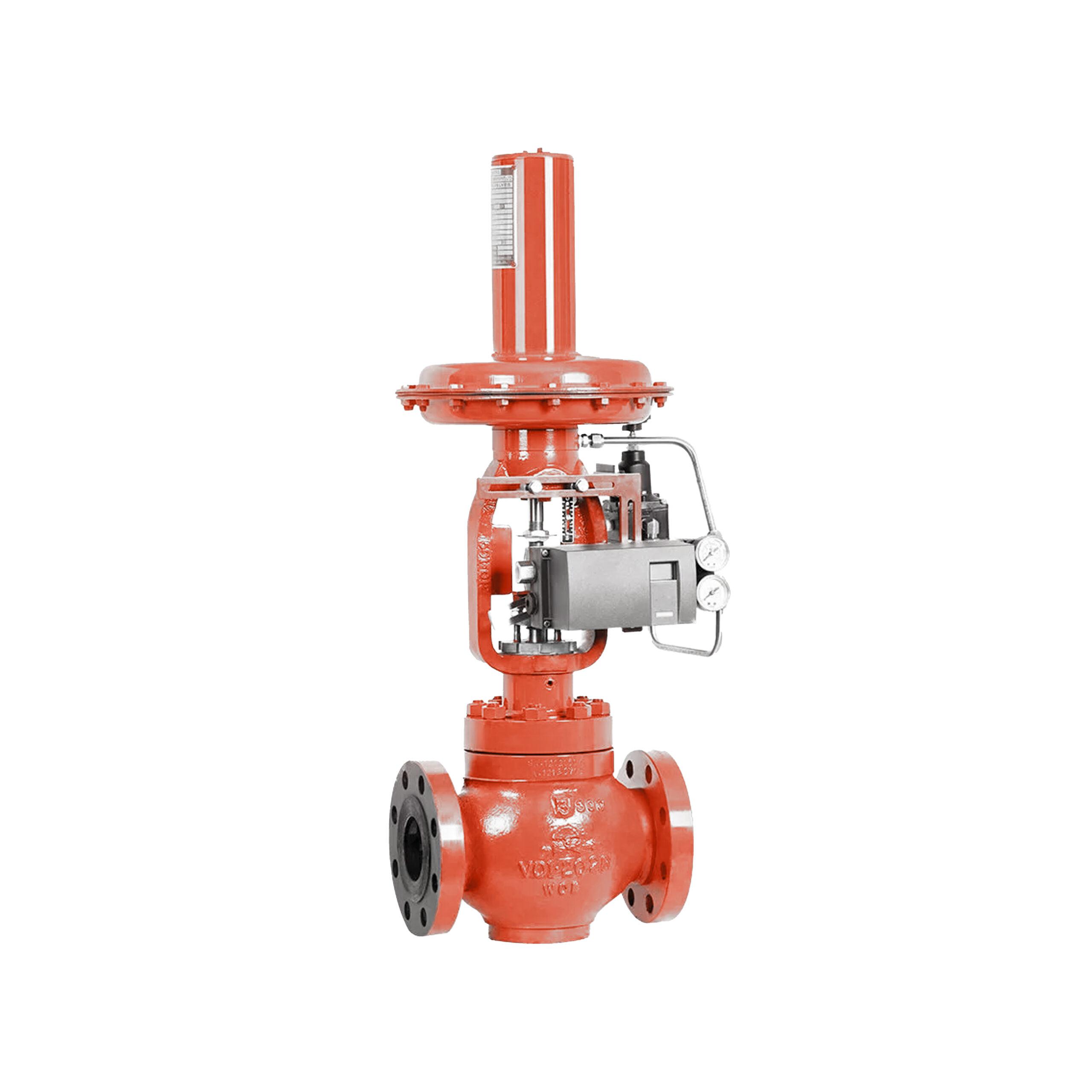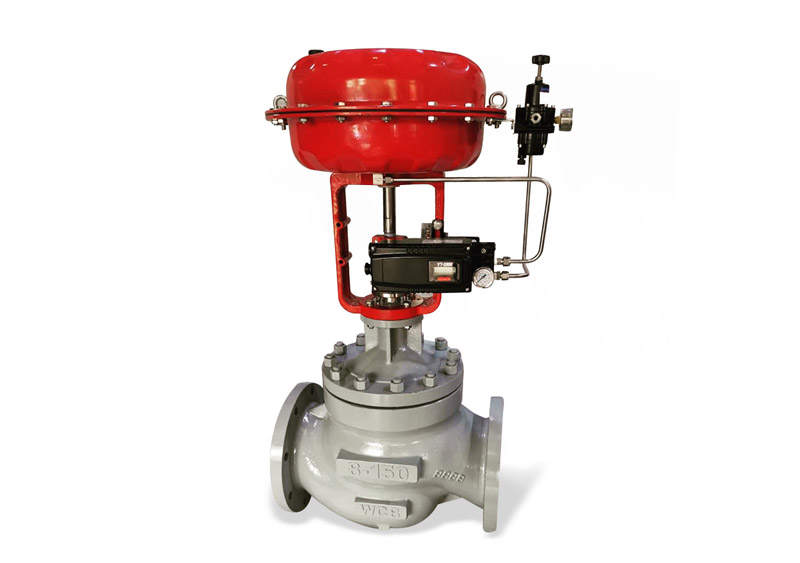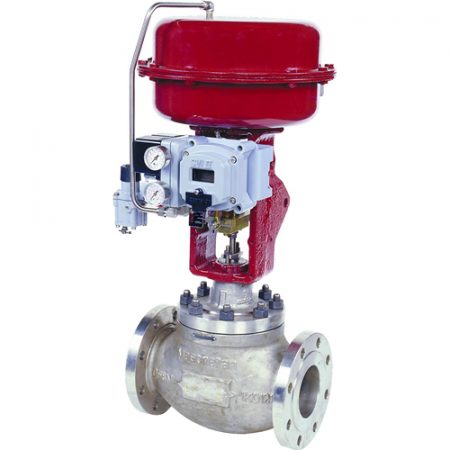Vital Aspects to Think About When Choosing Control Valves
Vital Aspects to Think About When Choosing Control Valves
Blog Article

Maximize Power Savings and Comfort With Advanced Structure Automation Controls
In the world of contemporary design and facility administration, the combination of sophisticated building automation controls stands as a crucial advancement. By utilizing the power of automation, structures can adapt, react, and develop in methods that were when unthinkable.
Energy Effectiveness Conveniences
Power efficiency benefits can significantly lower energy intake and functional prices in structures. By executing energy-efficient practices and innovations, building owners and operators can attain considerable financial savings while additionally adding to environmental sustainability. One of the primary advantages of boosting power performance in buildings is the decrease of utility costs. Energy-efficient systems, such as sophisticated structure automation controls, can maximize using resources like home heating, illumination, and cooling, bring about reduced power expenditures in time.
Additionally, enhanced energy performance can lengthen the life-span of building tools and systems. By running extra efficiently, heating and cooling systems, lighting fixture, and other building elements experience much less deterioration, resulting in minimized maintenance and replacement costs. Furthermore, energy-efficient buildings typically command greater property values and rental prices, offering long-term economic benefits to proprietors.
Furthermore, power effectiveness can improve owner comfort and productivity. Appropriately regulated indoor environments with optimum lights and thermal conditions create an even more pleasurable and conducive work space, resulting in improved staff member complete satisfaction and efficiency. In general, the energy efficiency benefits related to innovative structure automation controls are diverse, encompassing cost financial savings, environmental stewardship, and owner well-being.
Improved Convenience Control
Enhancing comfort control in building atmospheres requires a sophisticated combination of innovative automation systems for ideal occupant wellness. By using advanced structure automation controls, centers can customize the indoor environment to meet the specific demands and preferences of owners. These systems make it possible for exact guideline of temperature, ventilation, and illumination, developing a productive and comfy environment. Owner satisfaction and performance are very closely linked to thermal comfort, making it important to have systems in place that can adjust to changing conditions in real-time.
Enhanced comfort control exceeds standard temperature adjustments. It consists of features such as individualized setups, occupancy sensing units, and natural light usage to develop a receptive and vibrant environment. By integrating these advanced controls, buildings can not only boost convenience yet additionally improve energy effectiveness by optimizing system procedures based on real tenancy and use patterns. Eventually, focusing on passenger convenience through innovative automation systems causes an extra satisfying and much healthier indoor setting.
Operational Effectiveness Improvements

In addition, the implementation of real-time surveillance and analytics tools allows building operators to recognize power inefficiencies and functional anomalies promptly. By constantly monitoring energy usage patterns and system performance metrics, changes can be made in real-time to optimize energy usage and make certain peak operational effectiveness. control valves. Furthermore, including demand reaction approaches into building automation controls can additionally enhance operational effectiveness by dynamically changing energy usage based on grid problems and rates signals
Indoor Climate Optimization
Reliable indoor climate optimization is a click now fundamental facet of building automation controls, guaranteeing occupants' comfort and well-being while making best use of power financial savings. By using advanced sensing units and controls, developing automation systems can continuously change and check temperature level, moisture degrees, air top quality, and air flow to develop an optimum interior setting. Keeping comfy and consistent conditions not only enhances resident contentment but likewise improves performance and overall well-being.
Indoor climate optimization also plays a critical role in energy performance. By fine-tuning cooling, air flow, and home heating systems based on real-time information and tenancy patterns, developing automation controls can substantially decrease energy intake - Get the facts control valves. Implementing approaches such as demand-controlled ventilation and thermal zoning can aid reduce power waste while making sure that each area of the structure receives the essential conditioning.

Lasting Setting Creation
Building automation controls not only optimize indoor climate problems for energy effectiveness and passenger convenience however also lay the foundation for developing a lasting environment through tactical monitoring of resources and systems. By incorporating innovative building automation technologies, such as sensing units, actuators, and smart software program, centers can change and keep track of power usage in real-time to minimize waste and lower their carbon impact. These systems enable predictive upkeep, determining possible problems before they escalate and enhancing equipment performance to boost long life and performance.
In addition, sustainable environment development prolongs beyond power administration to include water preservation, waste reduction, and indoor air top quality enhancement. Structure automation controls can control water use, find leaks, and make certain appropriate garbage disposal practices, adding to overall sustainability initiatives. Additionally, by checking and managing air flow and filtration systems, these modern technologies enhance passenger health and performance while decreasing energy intake related to a/c operations.
Final Thought
To conclude, advanced building automation manages deal significant benefits in regards to power savings, comfort control, operational performance, interior environment optimization, and creating a sustainable setting. By executing these controls, structures can attain optimal efficiency while lowering energy intake and improving resident comfort. It appears that using like it sophisticated automation technology is vital in enhancing building efficiency and creating a more sustainable future.
Energy effectiveness benefits can substantially lower power intake and functional prices in structures. Generally, the power effectiveness advantages connected with sophisticated building automation controls are multifaceted, including expense financial savings, environmental stewardship, and occupant well-being.
Additionally, incorporating demand feedback approaches into building automation controls can better boost operational efficiency by dynamically readjusting energy use based on grid problems and prices signals.
Building automation regulates not only optimize interior climate problems for energy efficiency and owner convenience however also lay the foundation for developing a lasting atmosphere through strategic monitoring of sources and systems.In conclusion, progressed structure automation controls deal considerable benefits in terms of power financial savings, convenience control, functional effectiveness, indoor environment optimization, and developing a lasting atmosphere.
Report this page